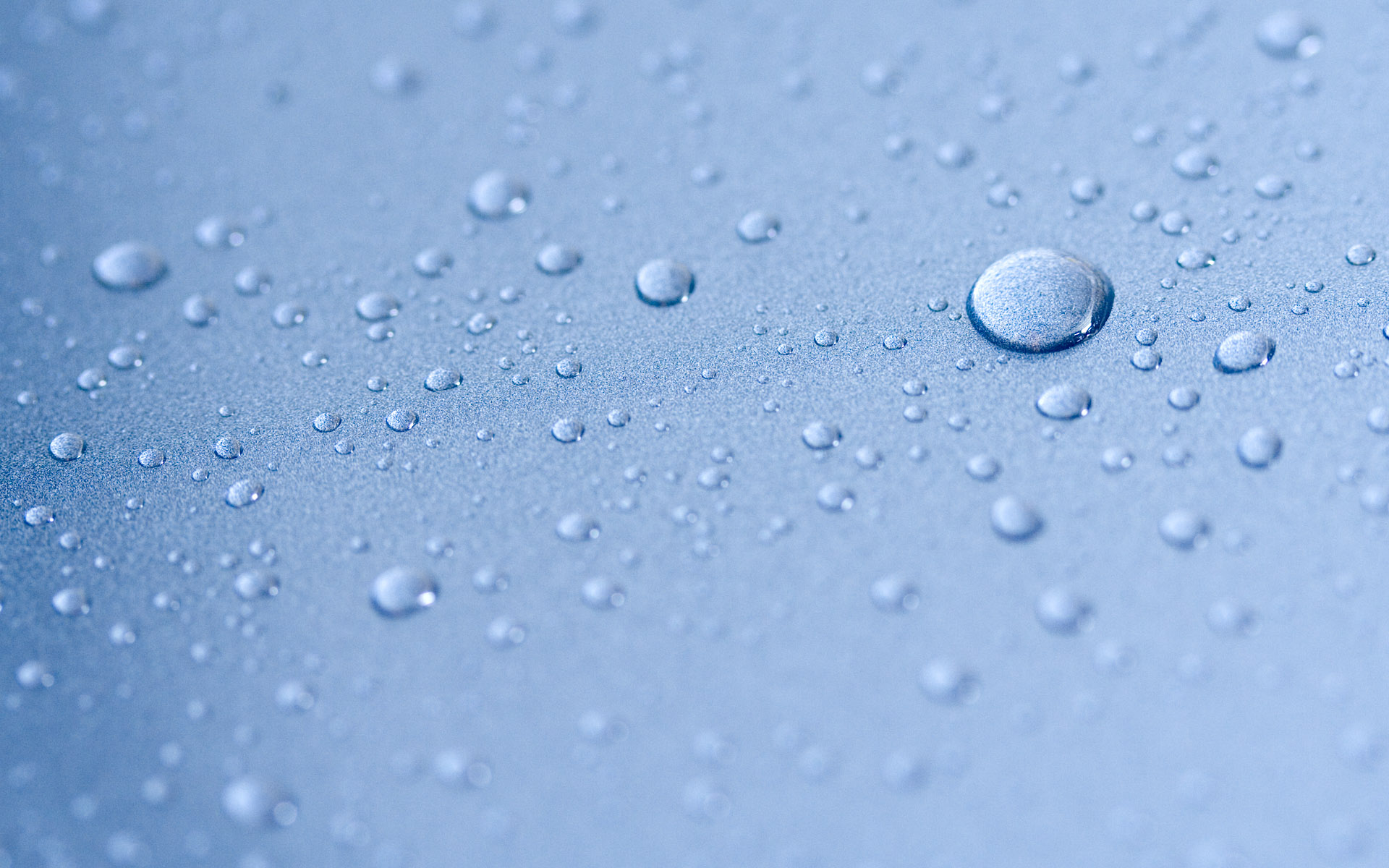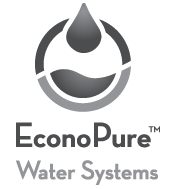Industrial Water Facts
Water pollution has many sources. The most polluting of them are the city sewage and industrial waste discharged into the rivers. Industrial waste is defined as waste generated by manufacturing or industrial processes. The types of industrial waste generated include cafeteria garbage, dirt and gravel, masonry and concrete, scrap metals, trash, oil, solvents, chemicals, weed grass and trees, wood and scrap lumber, and similar wastes. Industrial solid waste – which may be solid, liquid or gases held in containers – is divided into hazardous and non-hazardous waste.
Hazardous waste may result from manufacturing or other industrial processes. Certain commercial products such as cleaning fluids, paints or pesticides discarded by commercial establishments or individuals can also be defined as hazardous waste.
Non-hazardous industrial wastes are those that do not meet the EPA’s definition of hazardous waste – and are not municipal waste. Industrial waste has been a problem since the industrial revolution. Industrial waste may be toxic, ignitable, corrosive or reactive. If improperly managed, this waste can pose dangerous health and environmental consequences. In the United States, the amount of hazardous waste generated by manufacturing industries in the country has increased from an estimated 4.5 million tons annually after World War II to some 57 million tons by 1975. By 1990, this total had shot up to approximately 265 million tons. This waste is generated at every stage in the production process, use and disposal of manufactured products. Thus, the introduction of many new products for the home and office – computers, drugs, textiles, paints and dyes, plastics – also introduced hazardous waste, including toxic chemicals, into the environment.
These, too, must be managed with extreme care to avoid adverse environmental or human health impacts. The EPA estimated in 1980 that more than 70,000 different chemicals were being manufactured in the U.S., with some 1,000 new chemicals being added each year. The human health and environmental impacts of many of these chemicals are largely unknown. High levels of toxic contaminants have been found in animals and humans, particularly those, like farm workers and oil and gas workers, who are continually exposed to such waste streams.
Waste water from manufacturing or chemical processes in industries contributes to water pollution. Industrial waste water usually contains specific and readily identifiable chemical compounds. Water pollution is concentrated within a few subsectors, mainly in the form of toxic wastes and organic pollutants. Out of this a large portion can be traced to the processing of industrial chemicals and to the food products industry. Most major industries have treatment facilities for industrial effluents but this is not the case with small-scale industries, which cannot afford enormous investments in pollution control equipment as their profit margin is very slender.
The effects of water pollution are not only devastating to people but also to animals, fish, and birds. Polluted water is unsuitable for drinking, recreation, agriculture, and industry. It diminishes the aesthetic quality of lakes and rivers. More seriously, contaminated water destroys aquatic life and reduces its reproductive ability. Eventually, it is a hazard to human health. Nobody can escape the effects of water pollution.
Source: Safe Drinking Water Foundation


